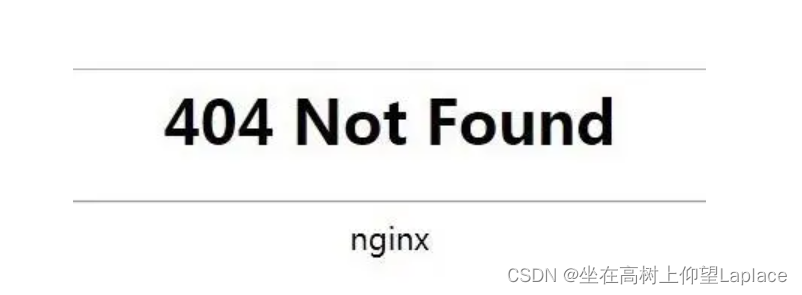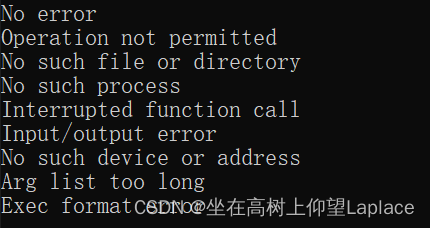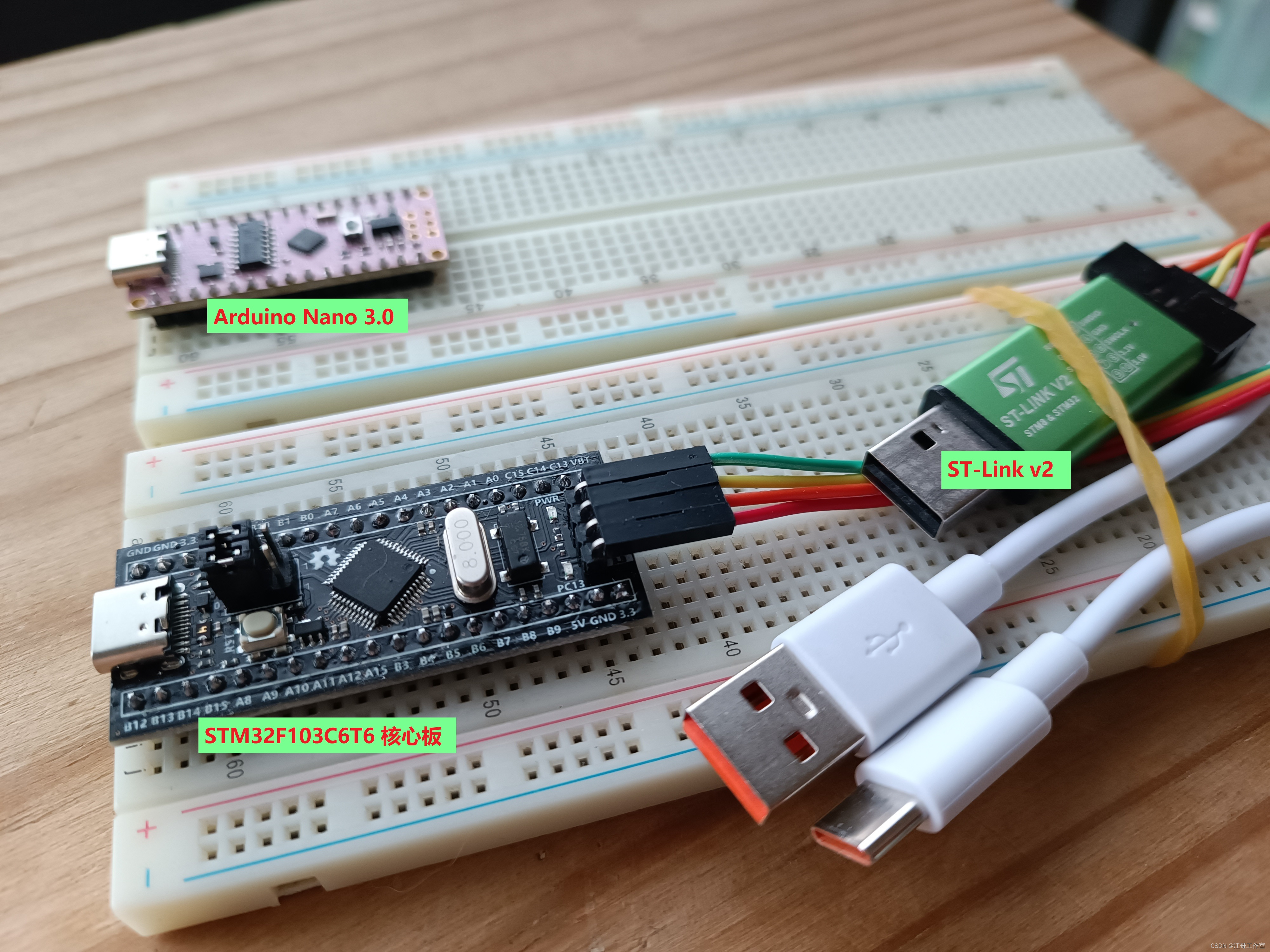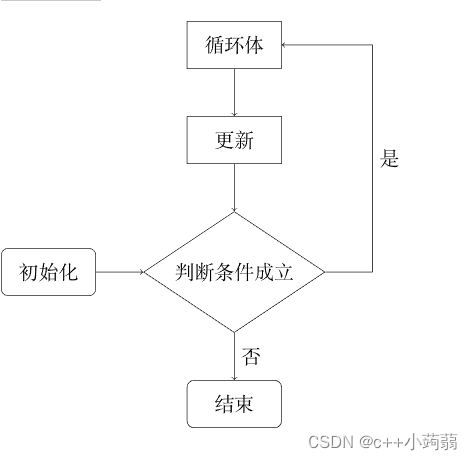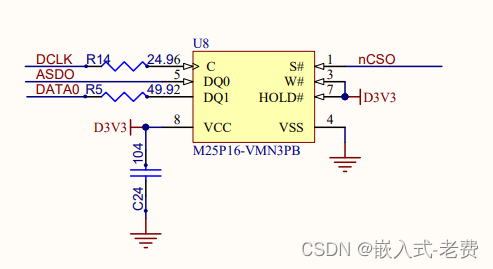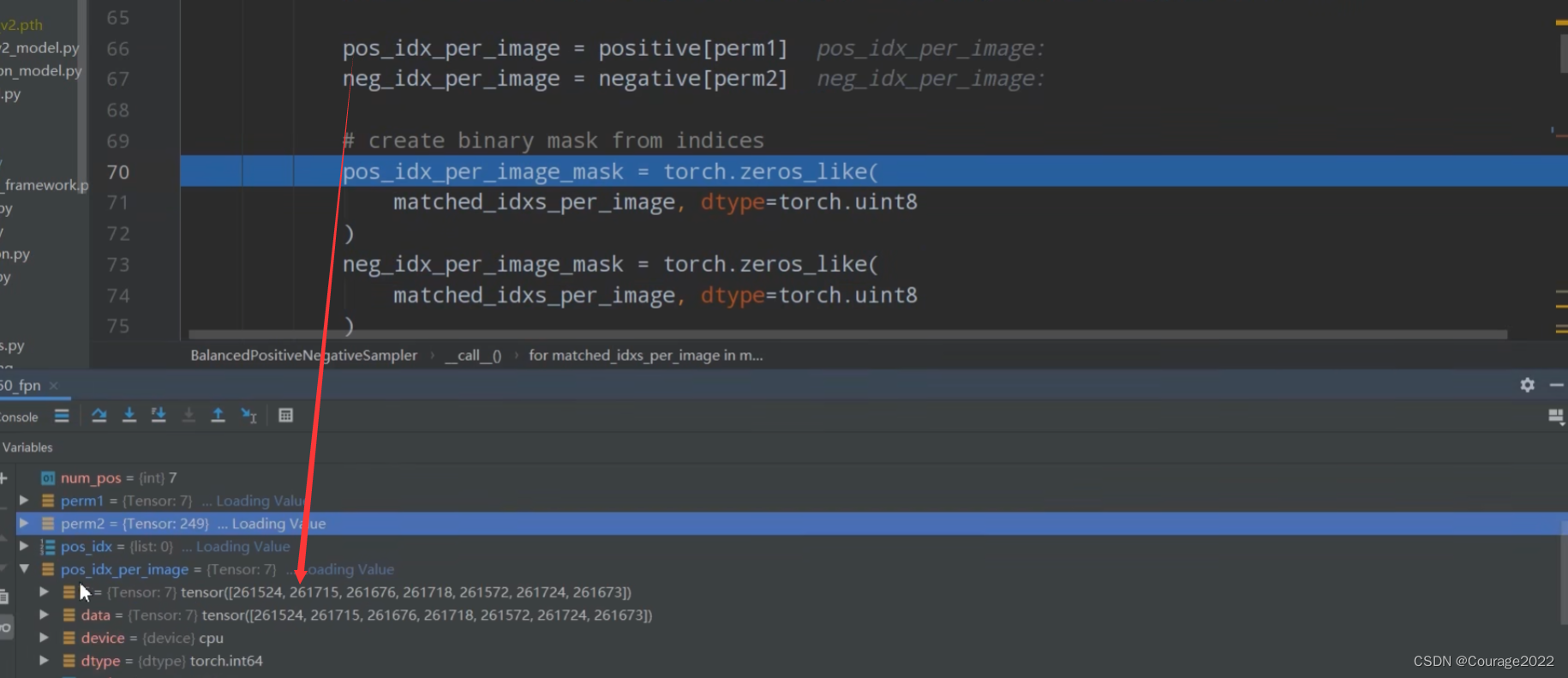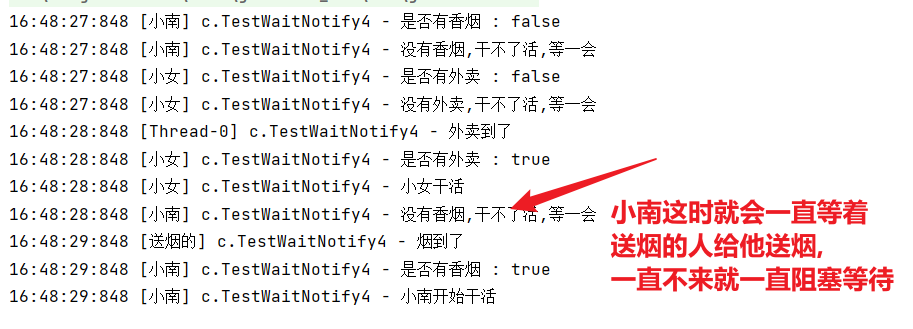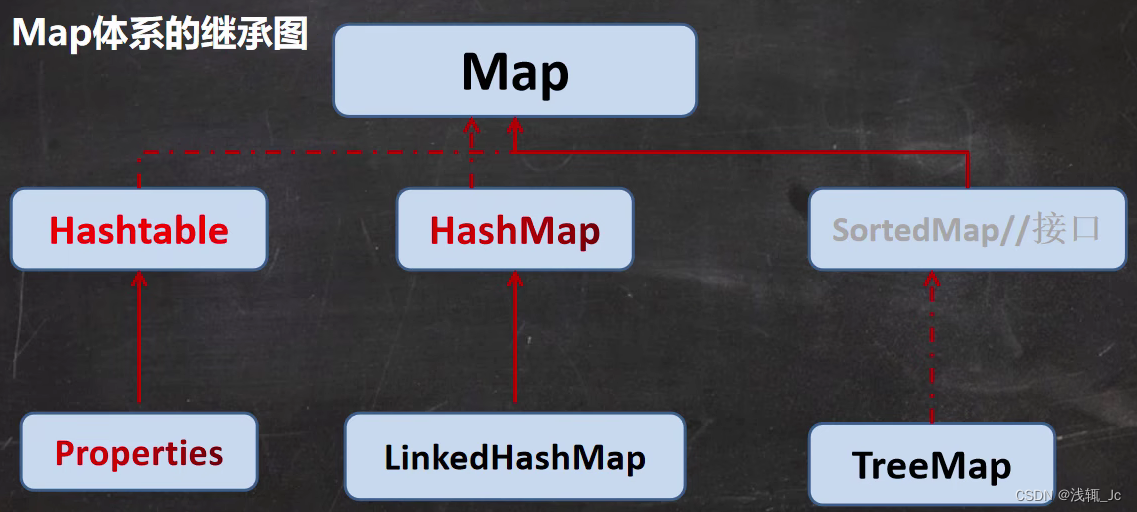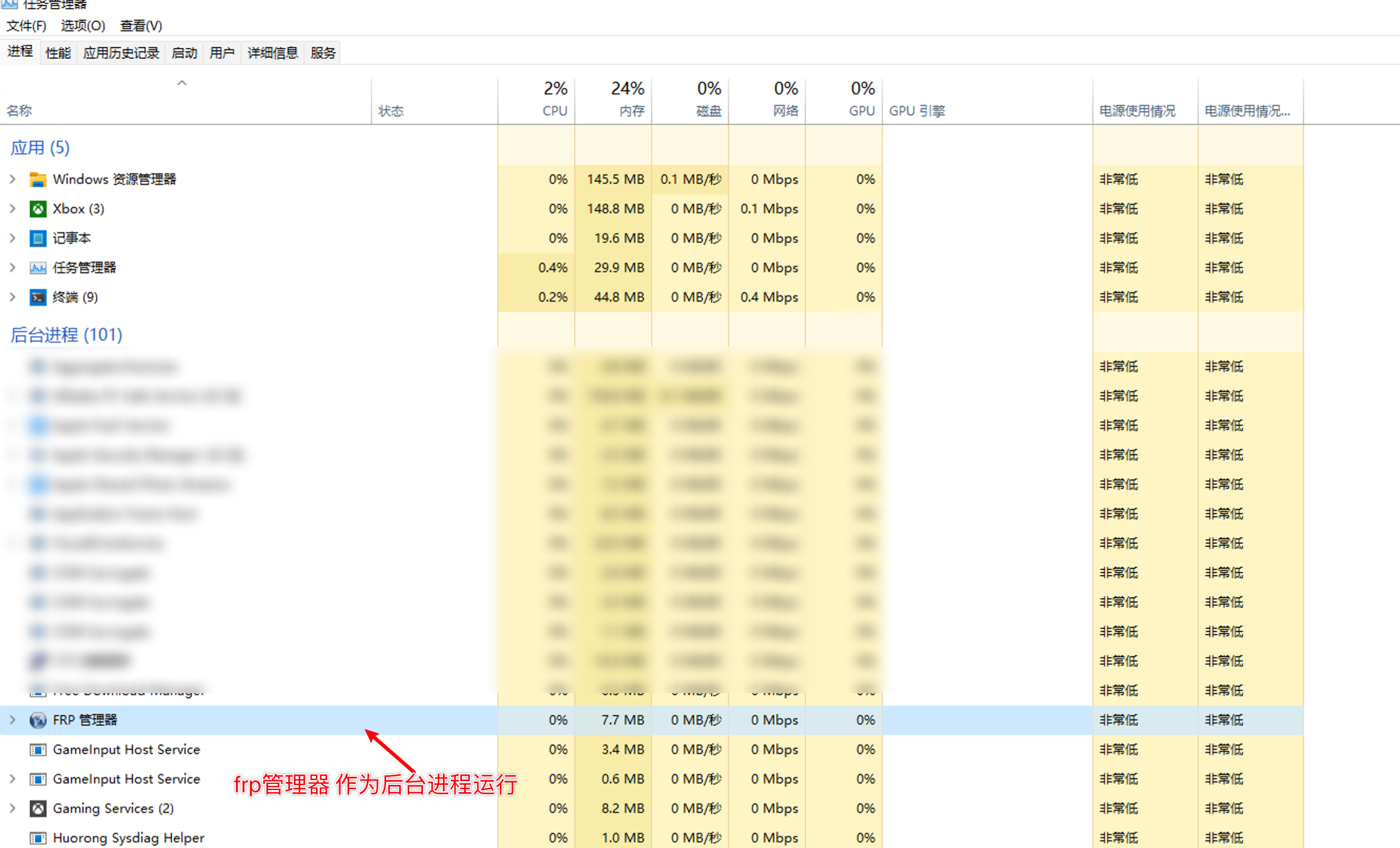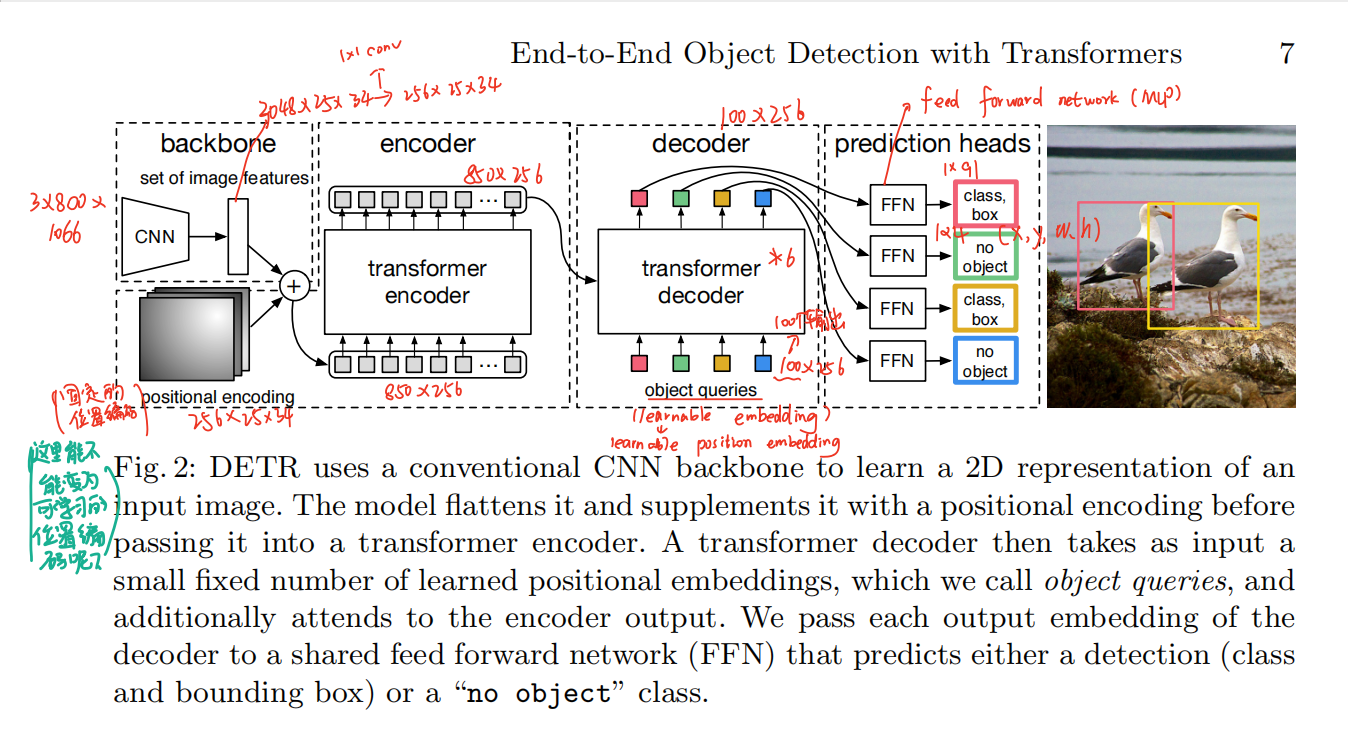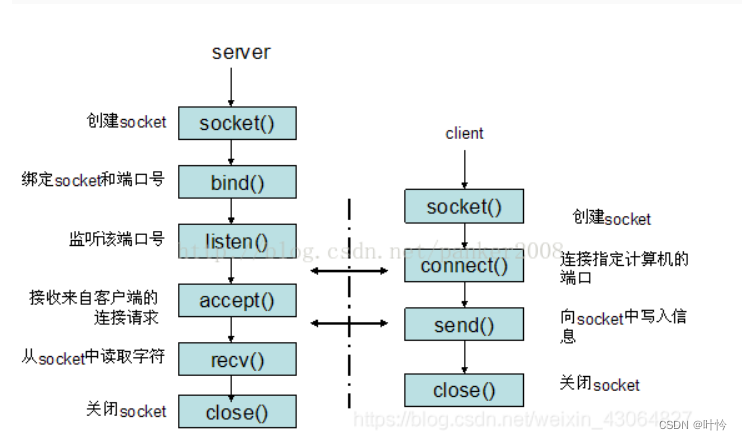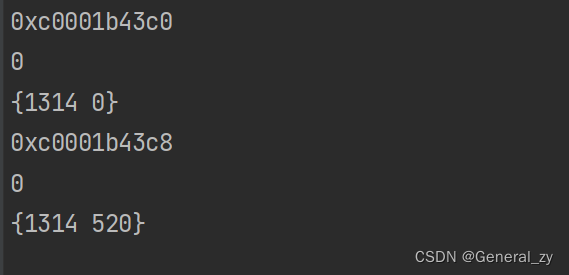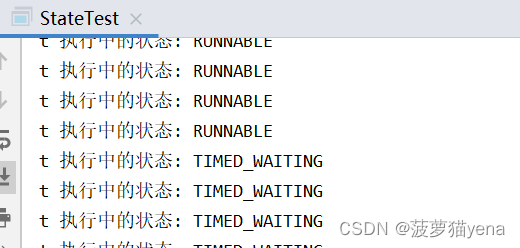目录
1、函数介绍
1.1 strlen
1.2 strcpy
1.3 strcat
1.4 strcmp
1.5 strncpy
1.6 strncat
1.7 strncmp
1.8 strstr
1.9 strtok
1.10 strerror
【补】字符分类函数:
1.11 memcpy
1.12 memmove
1.13 memcmp
1.14 memset
1、函数介绍
1.1 strlen
size_t strlen ( const char * str );
- 字符串以 '\0' 作为结束标志,strlen函数返回的是在字符串中 '\0' 前面出现的字符个数(不包含 '\0' )。
- 参数指向的字符串必须要以 '\0' 结束
- 注意函数的返回值为size_t,是无符号的( 易错 )
- 头文件为#include <string.h>
- 学会strlen函数的模拟实现
#include <stdio.h>
#include <string.h>
int main()
{
char ch = 'a';
//"abcdef";//C语言没有字符串类型
//char arr[] = "abcdef";//6
//char arr[10] = { 'a', 'b', 'c', 'd', 'e', 'f'};//6
char arr[] = { 'a', 'b', 'c', 'd', 'e', 'f' };//随机
int len = strlen(arr);//string length
printf("%d\n", len);
return 0;
}#include <stdio.h> #include <string.h> int main() { if (strlen("abc") - strlen("qwerty") > 0) { printf(">\n"); } else { printf("<=\n"); } return 0; }输出结果:>
因为strlen函数返回类型是size_t(无符号整型的别称),strlen("abc") - strlen("qwerty")=-3
,-3被当成无符号整型的话,会被编译器当作一个很大很大的数(自然大于零),所以输出 >。改进方法如下(强制类型转换):
#include <stdio.h> #include <string.h> int main() { if ((int)strlen("abc") - (int)strlen("qwerty") > 0) { printf(">\n"); } else { printf("<=\n"); } return 0; }
模拟实现strlen:
法一:计数器
#include <stdio.h> #include <assert.h> size_t my_strlen(const char* str) { assert(str); int count = 0; while (*str) { count++; str++; } return count; } int main() { char arr[] = "abcdef"; int len = my_strlen(arr); printf("%d\n", len); return 0; }法二:递归
#include <stdio.h> #include <assert.h> size_t my_strlen(const char* str) { assert(str); if (*str == '\0') { return 0; } else { return 1 + my_strlen(str + 1); } } int main() { char arr[] = "abcdef"; int len = my_strlen(arr); printf("%d\n", len); return 0; }法三:指针-指针
#include <stdio.h> #include <assert.h> size_t my_strlen(const char* str) { assert(str); const char* eos = str; while (*eos++) { ; } return(eos - str - 1); } int main() { char arr[] = "abcdef"; int len = my_strlen(arr); printf("%d\n", len); return 0; }
1.2 strcpy
char* strcpy(char * destination, const char * source );
- Copies the C string pointed by source into the array pointed by destination, including the terminating null character (and stopping at that point).
- 源字符串必须以 '\0' 结束。
- 会将源字符串中的 '\0' 拷贝到目标空间。
- 目标空间必须足够大,以确保能存放源字符串。
- 目标空间必须可变。
- 学会模拟实现
#include <string.h> #include <stdio.h> int main() { //char arr1[4] = "x"; char* arr1 = "qwertyuiop";//arr1指向的是常量字符串,常量是不可修改的 char arr2[] = "abcdef"; //char arr2[10] = { 'a', 'b', 'c'}; strcpy(arr1, arr2); printf("%s\n", arr1); return 0; } //程序会崩溃//strcpy函数返回的是目标空间的起始地址 //strcpy函数的返回类型的设置是为了实现链式访问模拟实现strcpy:
#include <stdio.h> #include <assert.h> char* my_strcpy(char* dest, const char* src) { assert(src && dest); char* ret = dest; while(*dest++ = *src++) { ; } return ret; } int main() { char arr1[20] = { 0 }; char* arr2 = "hello c"; printf("%s\n", my_strcpy(arr1, arr2)); return 0; }
1.3 strcat
char * strcat ( char * destination, const char * source );
- Appends a copy of the source string to the destination string. The terminating null character in destination is overwritten by the first character of source, and a null-character is included at the end of the new string formed by the concatenation of both in destination.
- 源字符串必须以 '\0' 结束。
- 目标空间必须有足够的大,能容纳下源字符串的内容。
- 目标空间必须可修改。
- 字符串自己给自己追加,如何?//无限的打印自身,直至程序崩溃
模拟实现strcat:
#include <stdio.h> #include <assert.h> char* my_strcat(char* dest, char* src) { assert(dest && src); char* ret = dest; //找目标空间中的\0 while (*dest) { dest++; } //拷贝 while (*dest++ = *src++) { ; } return ret; } int main() { char arr1[20] = "hello"; char arr2[] = " c"; printf("%s\n", my_strcat(arr1, arr2)); return 0; }
1.4 strcmp
int strcmp ( const char * str1, const char * str2 );
- This function starts comparing the first character of each string. If they are equal to each other, it continues with the following pairs until the characters differ or until a terminating null-character is reached.
- 标准规定:
第一个字符串大于第二个字符串,则返回大于0的数字
第一个字符串等于第二个字符串,则返回0
第一个字符串小于第二个字符串,则返回小于0的数字
那么如何判断两个字符串?//通过比较其ASCII码
模拟实现strcmp:
#include <stdio.h> #include <assert.h> int my_strcmp(const char* s1, const char* s2) { assert(s1 && s2); while (*s1 == *s2) { if (*s1 == '\0') { return 0;//相等 } s1++; s2++; } //不相等 if (*s1 > *s2) return 1; else return -1; } int main() { char arr1[] = "abcd"; char arr2[] = "abdc"; int ret = my_strcmp(arr1, arr2); if (ret >0) { printf(">\n"); } else if (ret == 0) { printf("== \n"); } else { printf("<\n"); } printf("%d\n", ret); // 1 0 -1 //strcmp函数比较的不是字符串的长度!!!! //而是比较字符串中对应位置上的字符的大小,如果相同,就比较下一对儿,直到不同或者都遇到\0 return 0; }
1.5 strncpy
char * strncpy ( char * destination, const char * source, size_t num );
- Copies the first num characters of source to destination. If the end of the source C string (which is signaled by a null-character) is found before num characters have been copied, destination is padded with zeros until a total of num characters have been written to it.
- 拷贝num个字符从源字符串到目标空间。
- 如果源字符串的长度小于num,则拷贝完源字符串之后,在目标的后边追加0,直到num个。
#include <string.h>
#include <stdio.h>
#include <assert.h>
int main()
{
char arr1[] = "abcdef";
char arr2[] = "qwe";
strncpy(arr1, arr2, 5);
printf("%s\n", arr1);
return 0;
}


1.6 strncat
char * strncat ( char * destination, const char * source, size_t num );
- Appends the first num characters of source to destination, plus a terminating null-character.
- If the length of the C string in source is less than num, only the content up to the terminating null-character is copied
#include <string.h> #include <stdio.h> #include <assert.h> int main() { char arr1[20] = "abcdef\0XXXXXXXX"; char arr2[] = "qwe"; strncat(arr1, arr2, 5); printf("%s\n", arr1); return 0; }
1.7 strncmp
int strncmp ( const char * str1, const char * str2, size_t num );
- 比较到出现另个字符不一样或者一个字符串结束或者num个字符全部比较完
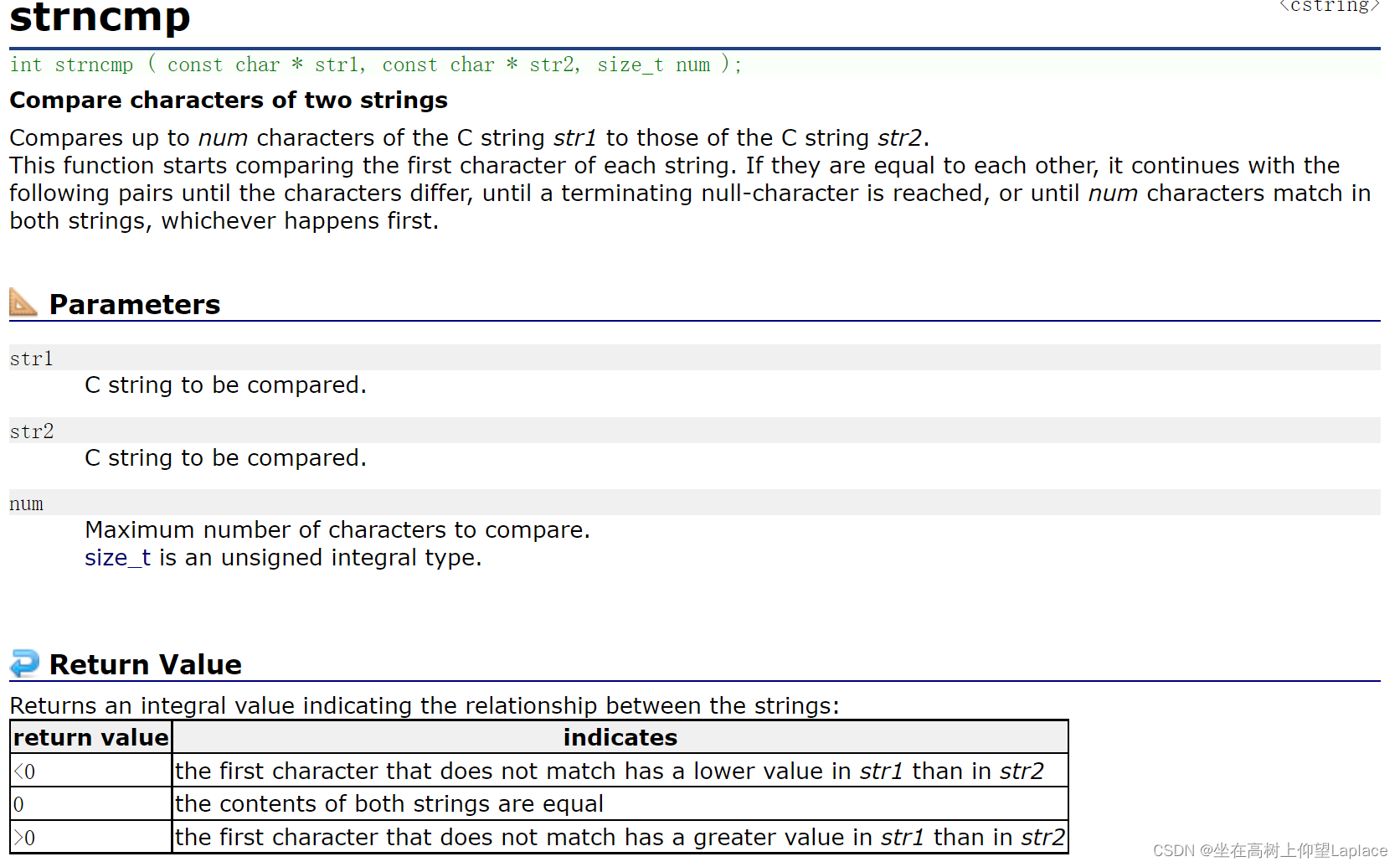
#include <string.h> #include <stdio.h> #include <assert.h> int main() { char arr1[] = "abcdef"; char arr2[] = "abcdq"; int ret = strncmp(arr1, arr2, 4); printf("%d\n", ret); return 0; }
1.8 strstr
char * strstr ( const char *str1, const char * str2);
- Returns a pointer to the first occurrence of str2 in str1, or a null pointer if str2 is not part of str1
模拟实现strstr:
#include <stdio.h> #include <assert.h> char* my_strstr(const char* str1, const char* str2) { assert(str1 && str2); const char* s1 = str1; const char* s2 = str2; const char* cur = str1; while (*cur) { s1 = cur; s2 = str2; while (*s1 && *s2 && (*s1 == *s2)) { s1++; s2++; } if (*s2 == '\0') { return (char*)cur; } cur++; } return NULL;//找不到 } // //查找子串的时候 //KMP算法---更高效 // int main() { char arr1[] = "abbbcdef"; char arr2[] = "bbc"; char* ret = my_strstr(arr1, arr2); if (NULL == ret) { printf("找不到子串\n"); } else { printf("%s\n", ret); } return 0; }
1.9 strtok
char * strtok ( char * str, const char * sep );
- sep参数是个字符串,定义了用作分隔符的字符集合
- 第一个参数指定一个字符串,它包含了0个或者多个由sep字符串中一个或者多个分隔符分割的标记。
- strtok函数找到str中的下一个标记,并将其用 \0 结尾,返回一个指向这个标记的指针。(注:
strtok函数会改变被操作的字符串,所以在使用strtok函数切分的字符串一般都是临时拷贝的内容并且可修改。) - strtok函数的第一个参数不为 NULL ,函数将找到str中第一个标记,strtok函数将保存它在字符串中的位置。
- strtok函数的第一个参数为 NULL ,函数将在同一个字符串中被保存的位置开始,查找下一个标记。
- 如果字符串中不存在更多的标记,则返回 NULL 指针。
#include <stdio.h> #include <string.h> int main() { char arr[] = "ttao@yeah.net.hehe@haha nihao"; char buf[50] = { 0 };//ttao@yeah.net.hehe@haha nihao strcpy(buf, arr); const char* sep = "@."; //strtok //"@." printf("%s\n", strtok(buf, sep));//只找第一个标记 printf("%s\n", strtok(NULL, sep));//是从保存的好的位置开始继续往后找 printf("%s\n", strtok(NULL, sep));//是从保存的好的位置开始继续往后找 return 0; }如果分割的部分有很多,printf("%s\n", strtok(NULL, sep));造成了代码冗余,做出以下优化(for循环):
#include <stdio.h> #include <string.h> int main() { char arr[] = "ttao@yeah.net.hehe@haha nihao"; char buf[50] = { 0 };//ttao@yeah.net.hehe@haha nihao strcpy(buf, arr); const char* sep = "@."; //strtok //"@." char* str = NULL; for (str=strtok(buf, sep); str!=NULL; str=strtok(NULL, sep)) { printf("%s\n", str); } return 0; }
1.10 strerror
char * strerror ( int errnum );
返回错误码,所对应的错误信息。
我们经常上网查找一些资源,对下面网页图片,我想大多数人都不会陌生:
404 not found,是HTTP对网页错误情况返回的一种状态码,当用户在浏览器中输入网址时,服务器会根据输入的地址判断是否有对应的网页信息,如果没有对应信息,说明用户输入的可能是一串无效的链接,服务器就会向用户返回404 not found状态码,告诉用户没有找到对应的网页信息。类似的,strerror这个函数在编程的时候也会返回一些错误代码,这些错误数字都代表了某种特殊含义:
#include <stdio.h> #include <string.h> #include <errno.h>//errno相当于全局变量 int main() { printf("%s\n", strerror(0)); printf("%s\n", strerror(1)); printf("%s\n", strerror(2)); printf("%s\n", strerror(3)); printf("%s\n", strerror(4)); printf("%s\n", strerror(5)); printf("%s\n", strerror(6)); printf("%s\n", strerror(7)); printf("%s\n", strerror(8)); return 0; }
当然了,还有更多,这些只是列举部分典例。
#include <stdio.h> #include <string.h> #include <errno.h>//errno相当于全局变量 #include <stdlib.h>//malloc头文件 #include <limits.h>//INT_MAX头文件 int main() { int* p = (int*)malloc(INT_MAX);//向堆区申请内存的 if (p == NULL) { printf("%s\n", strerror(errno)); return 1; } return 0; }运行结果:
【补】字符分类函数:
| 函数 | 如果他的参数符合下列条件就返回真 |
| iscntrl | 任何控制字符 |
| isspace | 空白字符:空格‘ ’,换页‘\f’,换行'\n',回车‘\r’,制表符'\t'或者垂直制表符'\v' |
| isdigit | 十进制数字 0~9 |
| isxdigit | 十六进制数字,包括所有十进制数字,小写字母a~f,大写字母A~F |
| islower | 小写字母a~z |
| isupper | 大写字母A~Z |
| isalpha | 字母a~z或A~Z |
| isalnum | 字母或者数字,a~z,A~Z,0~9 |
| ispunct | 标点符号,任何不属于数字或者字母的图形字符(可打印) |
| isgraph | 任何图形字符 |
| isprint | 任何可打印字符,包括图形字符和空白字符 |
下面简单的举几个例子:
判断是否是小写字母:islower
#include <stdio.h> #include <string.h> #include <ctype.h> int main() { char ch = 'A'; char sh = 'a'; int ret = islower(ch); int rot = islower(sh); printf("%d\n", ret); printf("%d\n", rot); return 0; }转换小写:tolower
转换大写:toupper
#include <stdio.h> #include <string.h> #include <ctype.h> #include <stdlib.h> int main() { char ch = 'A'; putchar(toupper(ch)); printf("\n"); putchar(tolower(ch)); return 0; }
1.11 memcpy
void * memcpy ( void * destination, const void * source, size_t num );
- 函数memcpy从source的位置开始向后复制num个字节的数据到destination的内存位置。
- 这个函数在遇到 '\0' 的时候并不会停下来。
- 如果source和destination有任何的重叠,复制的结果都是未定义的。
模拟实现memcpy:
#include <stdio.h> #include <string.h> #include <assert.h> void* my_memcpy(void* dest, const void* src, size_t count) { assert(dest && src); void* ret = dest; while (count--) { *(char*)dest = *(char*)src; dest = (char*)dest + 1; src = (char*)src + 1; } return ret; } int main() { int arr1[10] = { 1,2,3,4,5,6,7,8,9,10 }; int arr2[5] = { 0 }; my_memcpy(arr2, arr1, 20); int i = 0; int sz = sizeof(arr2) / sizeof(arr2[0]); for (i = 0; i < sz; i++) { printf("%d ", arr2[i]); } return 0; }
1.12 memmove
void * memmove ( void * destination, const void * source, size_t num );
- 和memcpy的差别就是memmove函数处理的源内存块和目标内存块是可以重叠的
- 如果源空间和目标空间出现重叠,就得使用memmove函数处理。
如果source和destination有任何的重叠,显然上述模拟代码有问题,这个时候就需要用到memmove函数:
#include <stdio.h> #include <string.h> #include <assert.h> void* my_memmove(void* dest, const void*src, size_t count) { assert(dest && src); void* ret = dest; //1 if (dest < src) { //前->后 while (count--) { *(char*)dest = *(char*)(src); dest = (char*)dest + 1; src = (char*)src + 1; } } else { //后->前 while (count--) { *((char*)dest+count) = *((char*)src + count); } } return ret; } int main() { int arr1[10] = { 1,2,3,4,5,6,7,8,9,10 }; // 1 2 1 2 3 4 5 8 9 10 //memcpy(arr1+2, arr1, 20);//error my_memmove(arr1+2, arr1, 20);//可以实现重叠内存的拷贝 int i = 0; int sz = sizeof(arr1) / sizeof(arr1[0]); for (i = 0; i < sz; i++) { printf("%d ", arr1[i]); } return 0; }
1.13 memcmp
int memcmp ( const void * ptr1, const void * ptr2, size_t num );
- 比较从ptr1和ptr2指针开始的num个字节
- 返回值如下:

#include <stdio.h>
#include <string.h>
int main()
{
int arr1[] = { 1,2,3,4,5 };
int arr2[] = { 1,2,3,4,0x11223305 };
int ret = memcmp(arr1, arr2, 18);
printf("%d\n", ret);
return 0;
}1.14 memset
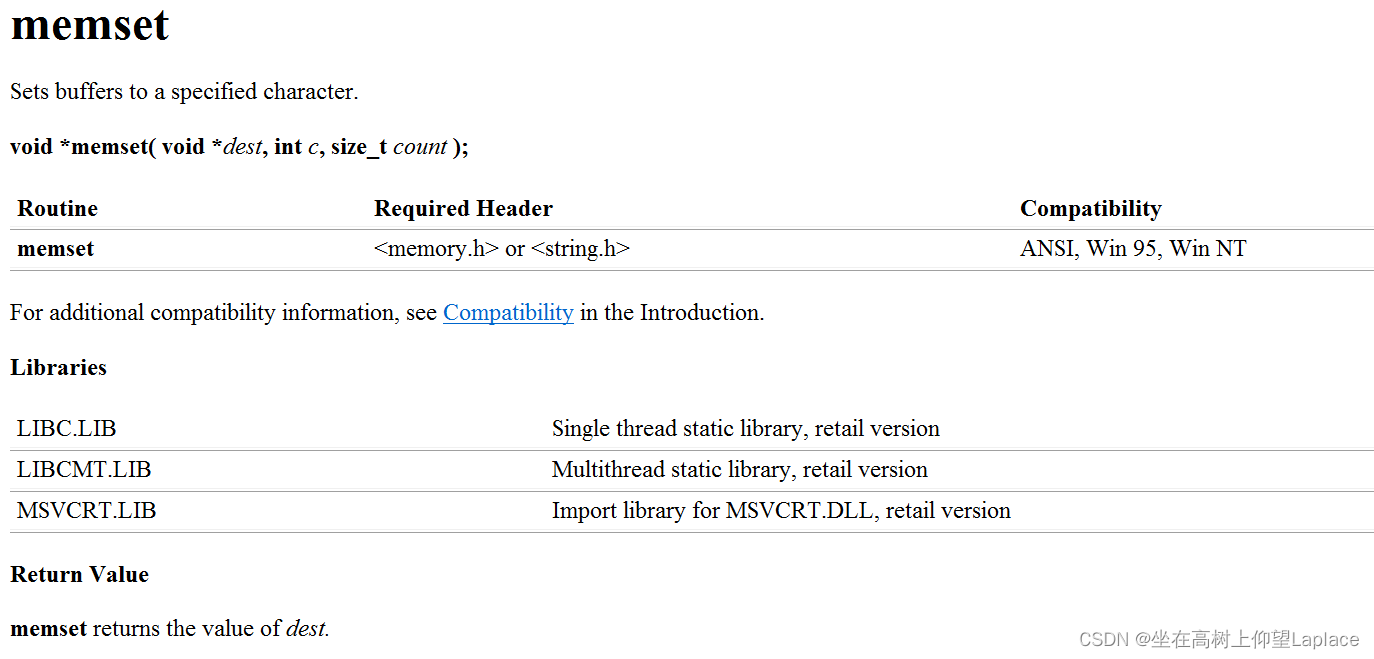
#include <stdio.h>
#include <string.h>
int main()
{
int arr[] = { 0x11111111,0x22222222,3,4,5 };
memset(arr, 6, 20);//memset是以字节为单位来初始化内存单元的
return 0;
}

